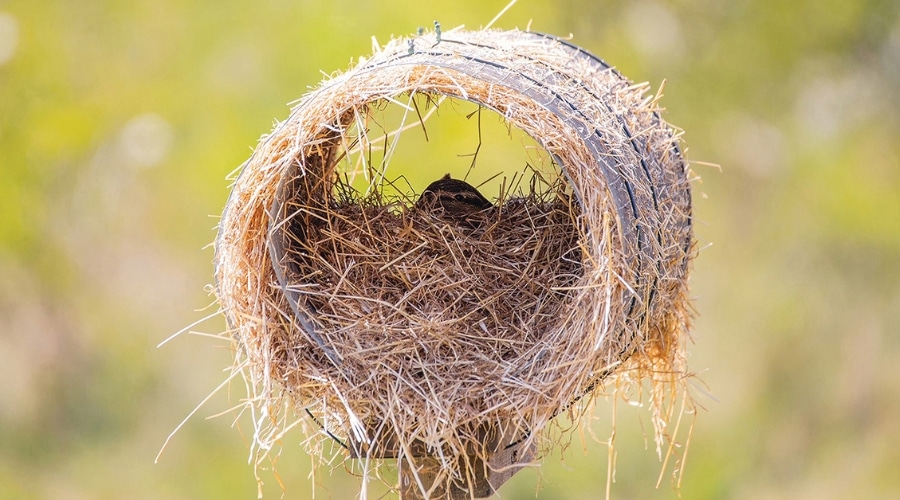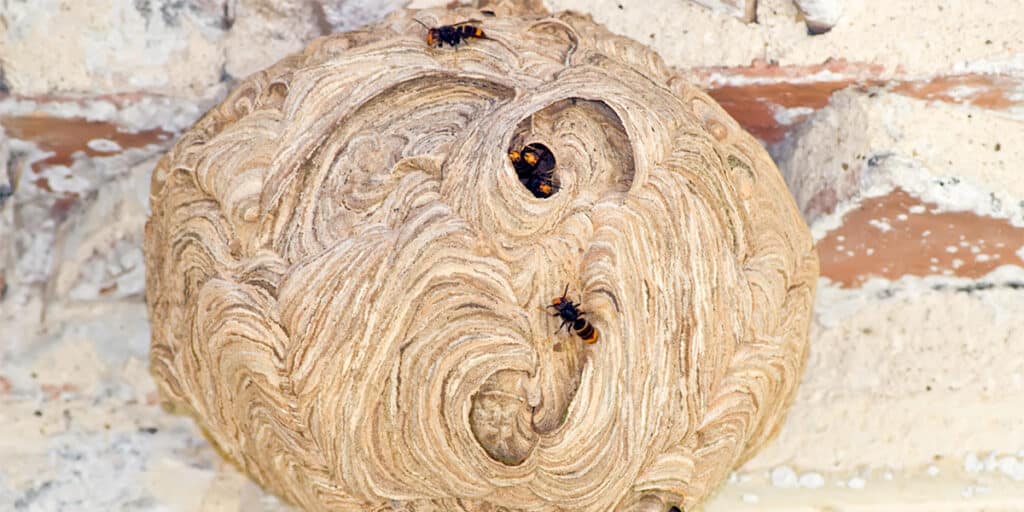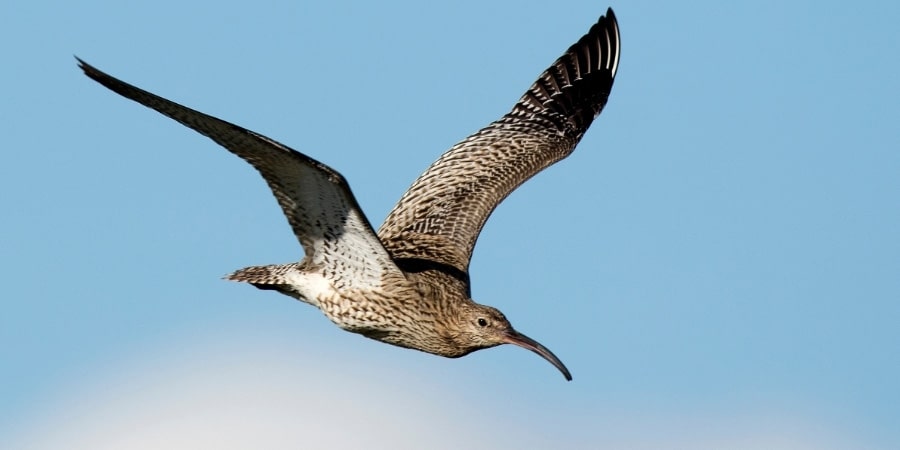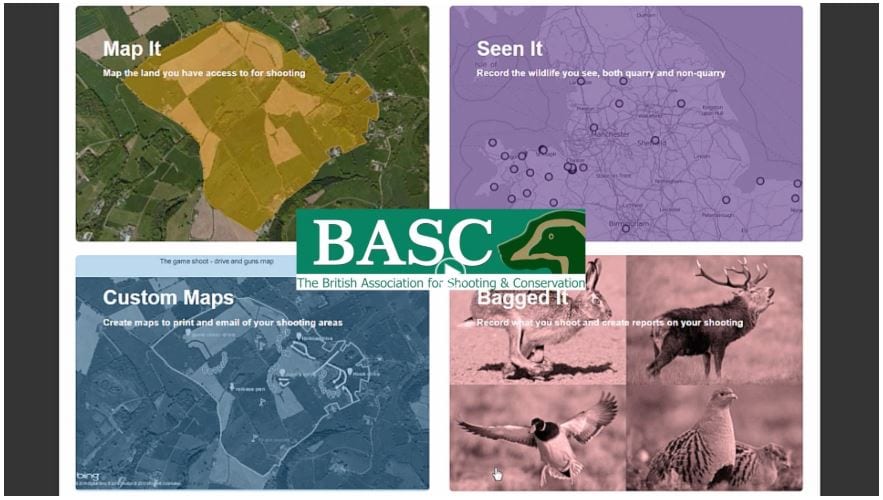
Duck nest tubes are a quacking success
Once occupied, installing duck nest tubes can increase mallard hatching rates to more than 90 per cent.
Get information on the legal shooting season for mammals and birds in the UK.
Learn about our current conservation projects and how you can get involved.
Comprehensive information and advice from our specialist firearms team.
Everything you need to know about shotgun, rifle and airgun ammunition.
Find our up-to-date information, advice and links to government resources.
Everything you need to know on firearms law and licensing.
All the latest news and advice on general licences and how they affect you.


Asian hornet sightings are at highest levels yet – know what they look like and report them to save our native species.
The invasive Asian hornet is a serious threat to the UK’s wildlife, especially our native honeybees and other insects. They impact the pollination of plants and crops, which in turn affects us all, and they are a substantial risk to the beekeeping community. There are also concerns about risks to people and animals should the insects attack them.
Unfortunately, since 2016 they have been spotted on the Channel Islands and all across southern England with Defra regular reporting showing numbers of sightings fluctuating between years. However, this year has so far seen a substantial increase in reports, 28 to date, mainly in Kent and Devon according to the National Bee Unit website which provides the most up-to-date records.
If that’s where you are based or travel to regularly, you need to be vigilant. However, as Asian hornets have popped up all over the UK, it’s important that all of us know how to ID them correctly and know the differences between the Asian and our native hornets. You also need to know how to report a sighting.
Shooters are ideally placed to monitor this species as we often have access to privately owned land, far away from public rights of way. Our sightings could be critical in the early detection of new arrivals or spotting out-of-the-way colonies.
The GB Non-native Species Secretariat has some excellent resources on its alert pages, which include a clear two-page identification sheet in English and Welsh. I thoroughly recommend looking at these because they also cover similar-looking species like the native European hornet, giant woodwasp and the median wasp.
You are most likely to confuse the Asian hornet with its European counterpart but there is an obvious difference in the pattern of black and yellow on the abdomen. Asian hornet’s abdomen segments are almost entirely black apart from the fourth segment which is yellow. European hornet’s abdomen is mostly yellow, with only the first and second segments being black.



The nests themselves are often rugby-ball sized but can get substantially bigger and are often high up in the canopy of trees. However, there are exceptions to the rules, with a nest being found in a derelict building on Jersey in August this year, and nests found in Guernsey were tucked into hedges and brambles.
Make sure you know the difference between the Asian hornet and our native species. If you spot the dangerous invader, or if you see evidence of its presence, please report it without delay!


Once occupied, installing duck nest tubes can increase mallard hatching rates to more than 90 per cent.

The Wildlife Habitat Charitable Trust has awarded a £75k grant to the Wildfowl & Wetlands Trust to help combat the curlew crisis in Southern England.

New features added to our Green Shoots Mapping software allow you to boost the conservation credentials of your shoot.
Asian hornet sightings are at highest levels yet – know what they look like and report them to save our native species.
The invasive Asian hornet is a serious threat to the UK’s wildlife, especially our native honeybees and other insects. They impact the pollination of plants and crops, which in turn affects us all, and they are a substantial risk to the beekeeping community. There are also concerns about risks to people and animals should the insects attack them.
Unfortunately, since 2016 they have been spotted on the Channel Islands and all across southern England with Defra regular reporting showing numbers of sightings fluctuating between years. However, this year has so far seen a substantial increase in reports, 28 to date, mainly in Kent and Devon according to the National Bee Unit website which provides the most up-to-date records.
If that’s where you are based or travel to regularly, you need to be vigilant. However, as Asian hornets have popped up all over the UK, it’s important that all of us know how to ID them correctly and know the differences between the Asian and our native hornets. You also need to know how to report a sighting.
Shooters are ideally placed to monitor this species as we often have access to privately owned land, far away from public rights of way. Our sightings could be critical in the early detection of new arrivals or spotting out-of-the-way colonies.
The GB Non-native Species Secretariat has some excellent resources on its alert pages, which include a clear two-page identification sheet in English and Welsh. I thoroughly recommend looking at these because they also cover similar-looking species like the native European hornet, giant woodwasp and the median wasp.
You are most likely to confuse the Asian hornet with its European counterpart but there is an obvious difference in the pattern of black and yellow on the abdomen. Asian hornet’s abdomen segments are almost entirely black apart from the fourth segment which is yellow. European hornet’s abdomen is mostly yellow, with only the first and second segments being black.



The nests themselves are often rugby-ball sized but can get substantially bigger and are often high up in the canopy of trees. However, there are exceptions to the rules, with a nest being found in a derelict building on Jersey in August this year, and nests found in Guernsey were tucked into hedges and brambles.
Make sure you know the difference between the Asian hornet and our native species. If you spot the dangerous invader, or if you see evidence of its presence, please report it without delay!

Sign up to our weekly newsletter and get all the latest updates straight to your inbox.
© 2023 British Association for Shooting and Conservation. Registered Office: Marford Mill, Rossett, Wrexham, LL12 0HL – Registered Society No: 28488R. BASC is a trading name of the British Association for Shooting and Conservation Limited which is authorised and regulated by the Financial Conduct Authority (FCA) under firm reference number 311937.
If you have any questions or complaints about your BASC membership insurance cover, please email us. More information about resolving complaints can be found on the FCA website or on the EU ODR platform.
This website uses cookies so that we can provide you with the best user experience possible. Cookie information is stored in your browser and performs functions such as recognising you when you return to our website and helping our team to understand which sections of the website you find most interesting and useful.
Strictly Necessary Cookie should be enabled at all times so that we can save your preferences for cookie settings.
If you disable this cookie, we will not be able to save your preferences. This means that every time you visit this website you will need to enable or disable cookies again.
This website uses Google Analytics to collect anonymous information such as the number of visitors to the site, and the most popular pages.
Keeping this cookie enabled helps us to improve our website.
Please enable Strictly Necessary Cookies first so that we can save your preferences!
More information about our Cookie Policy